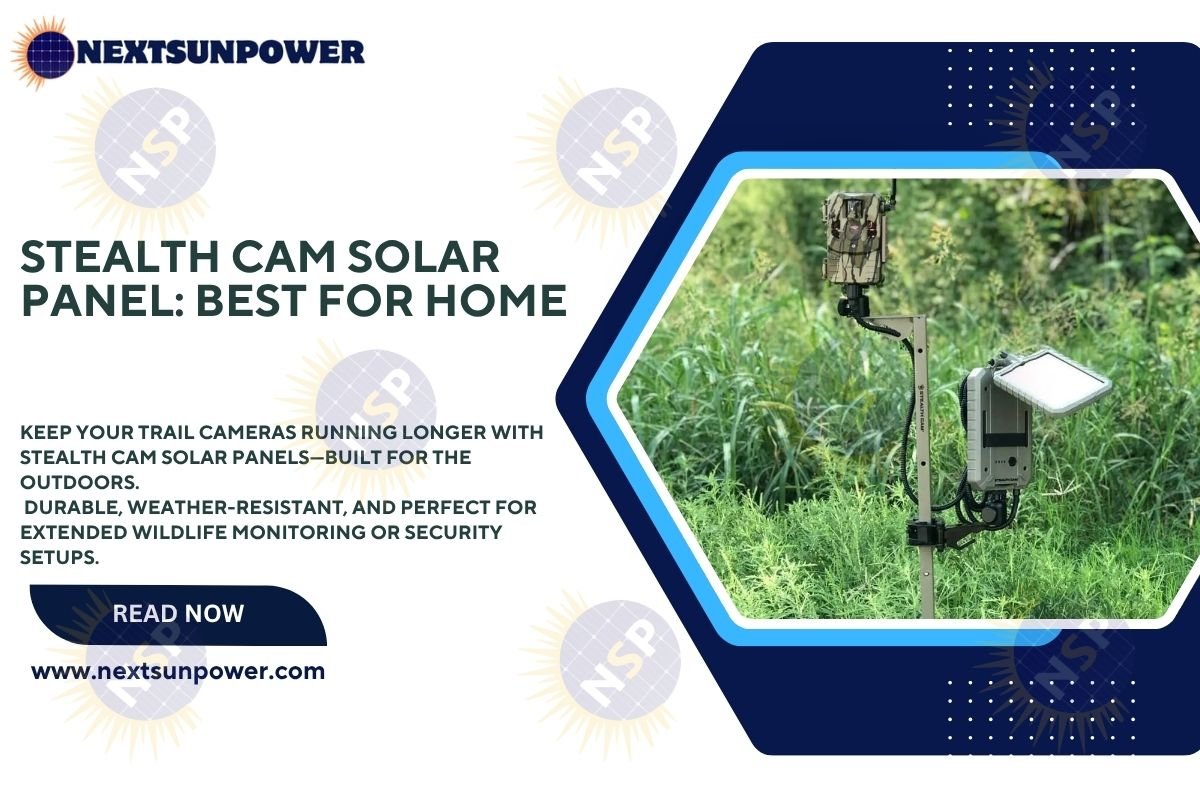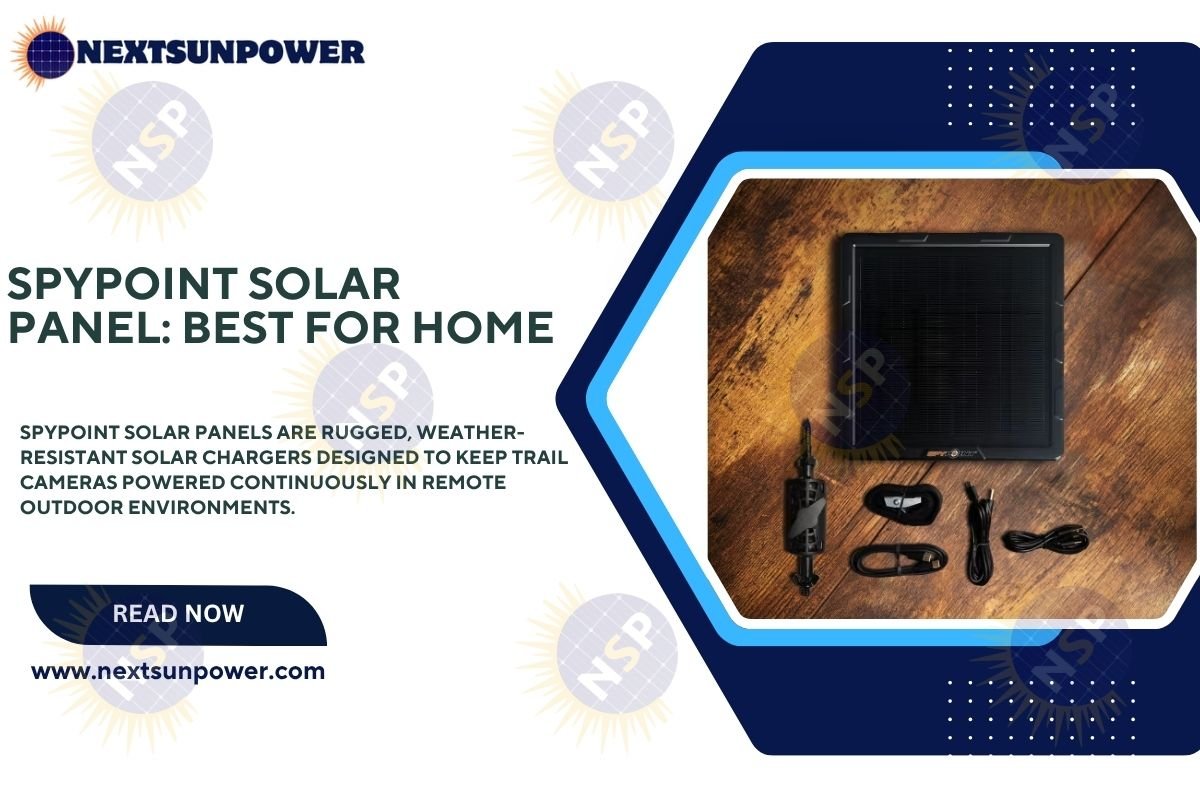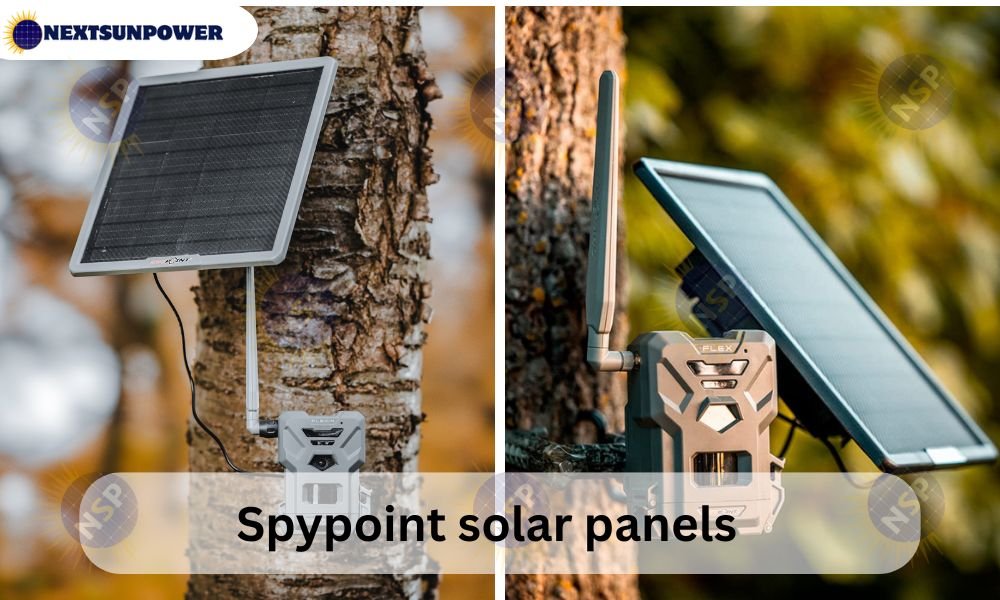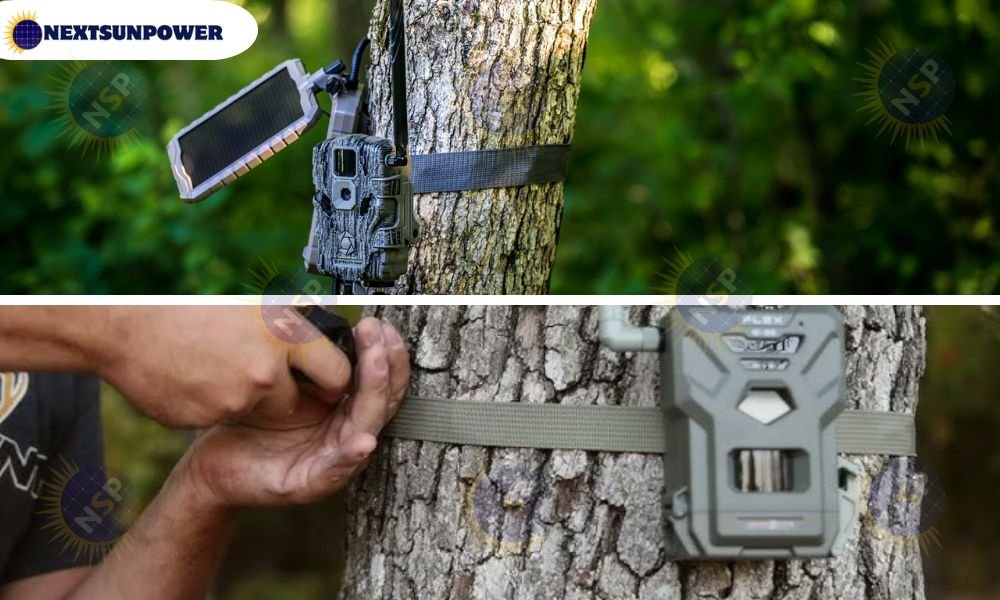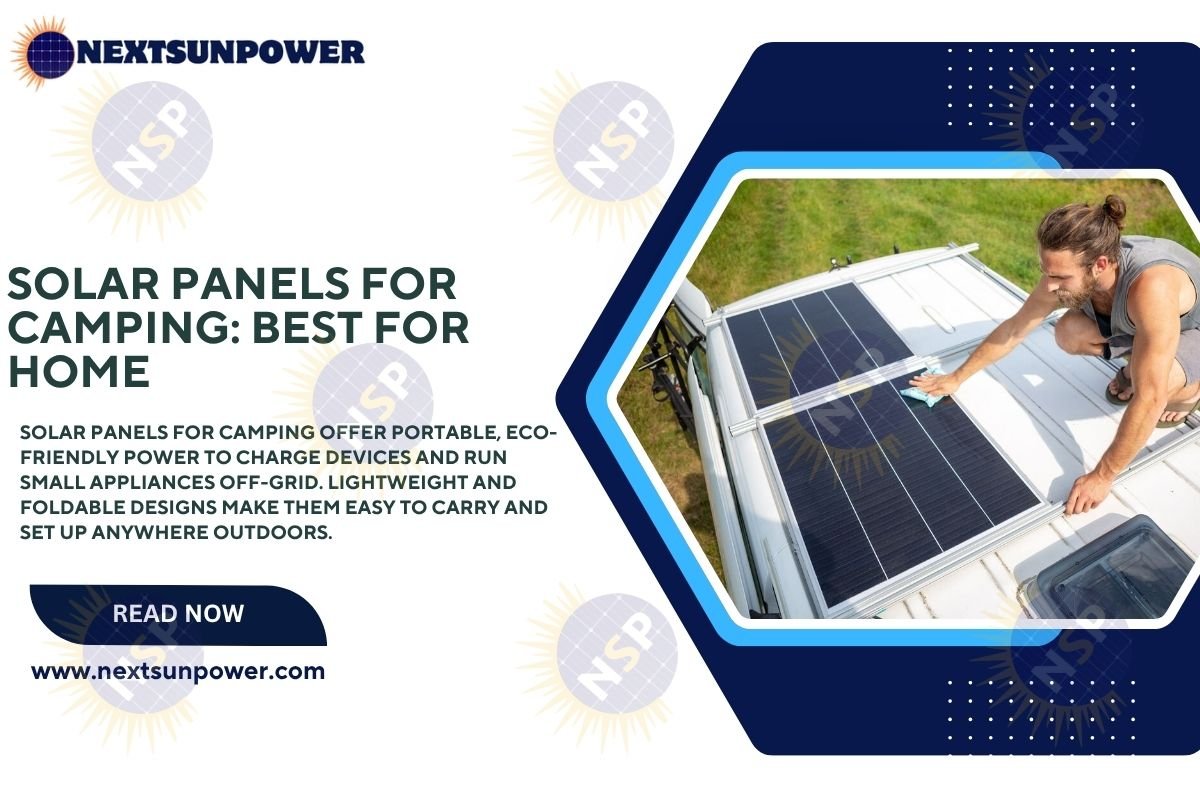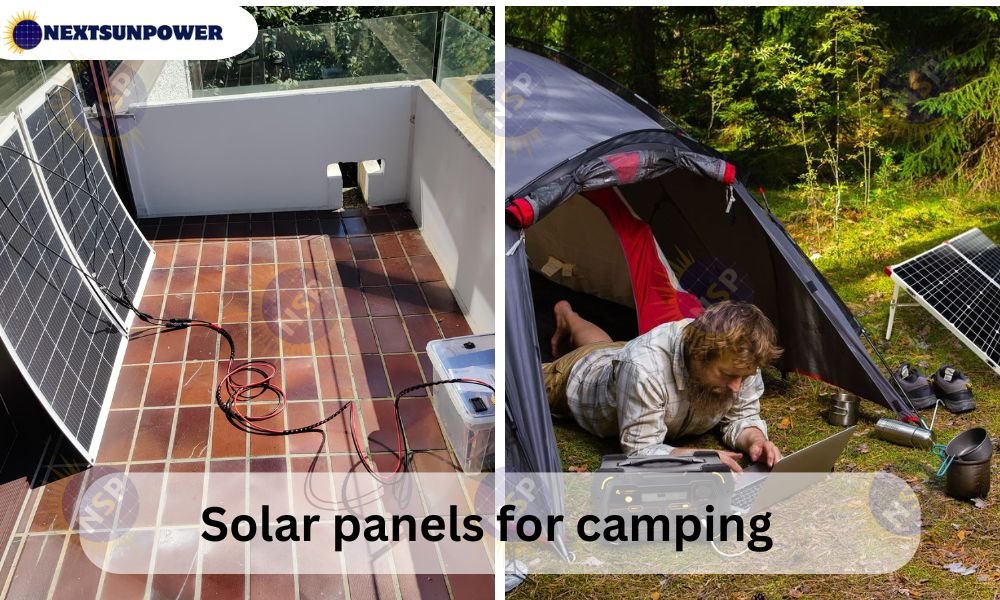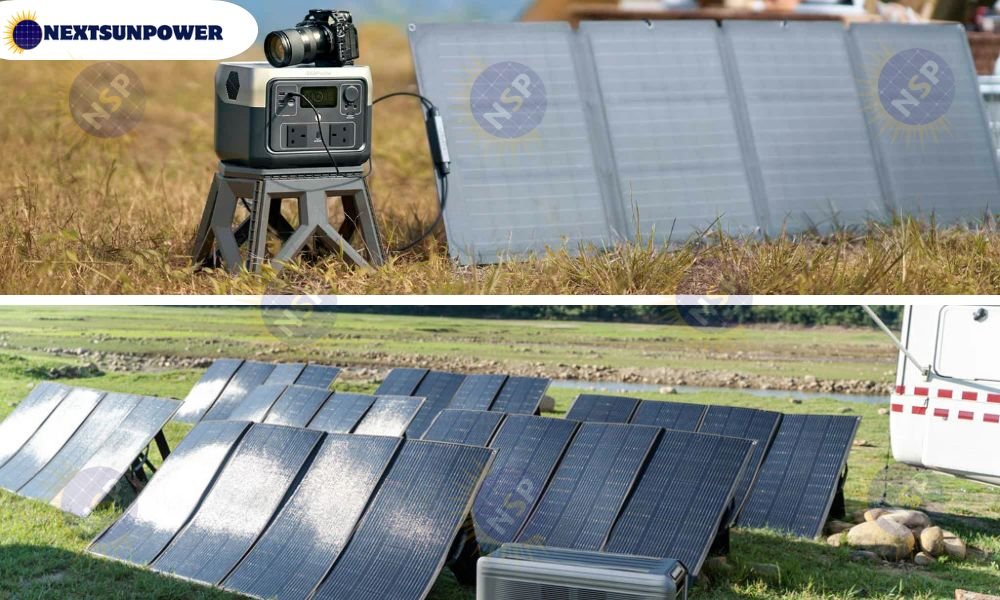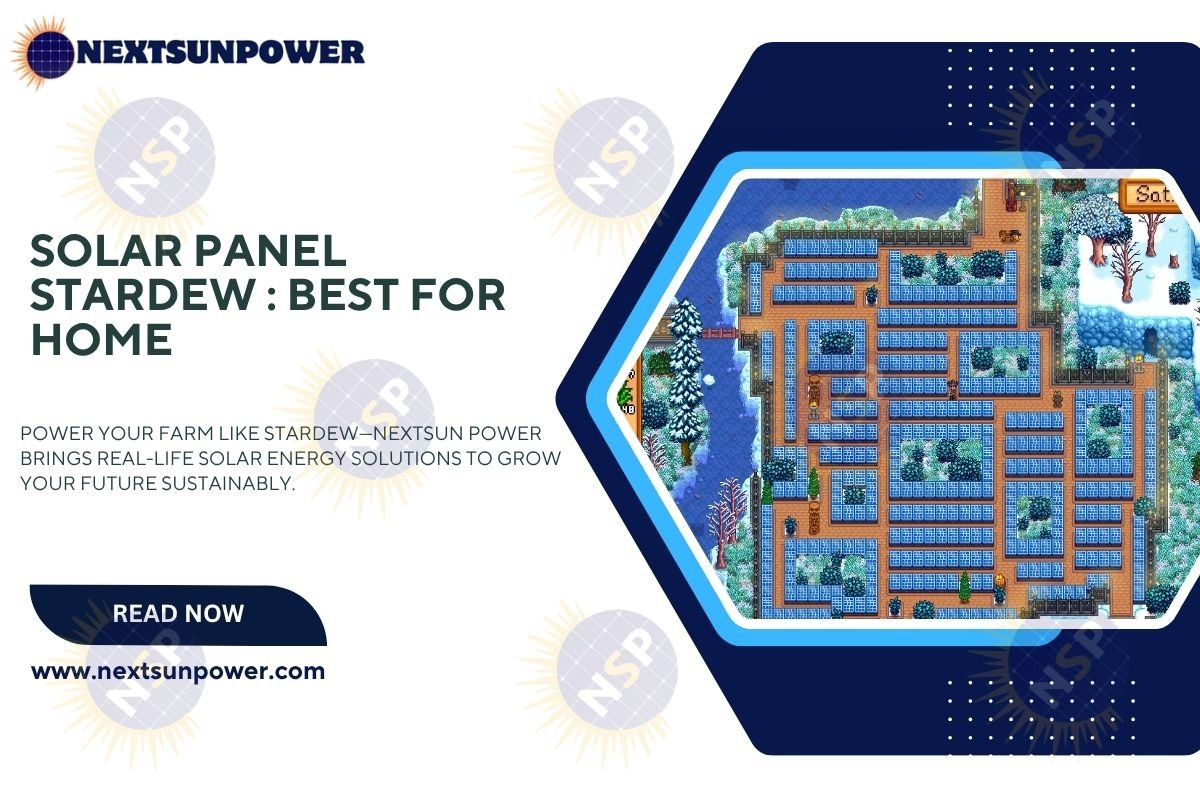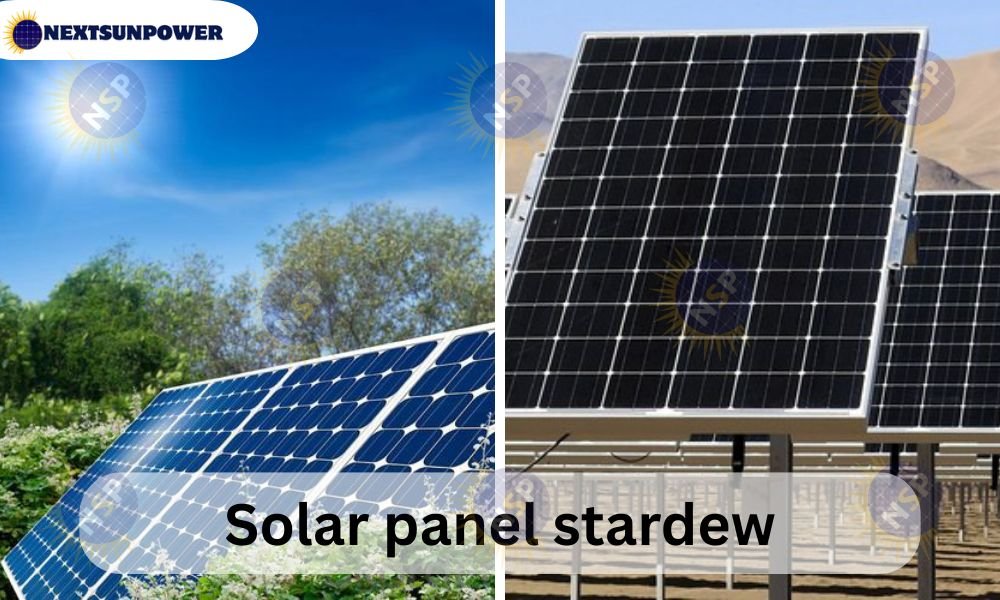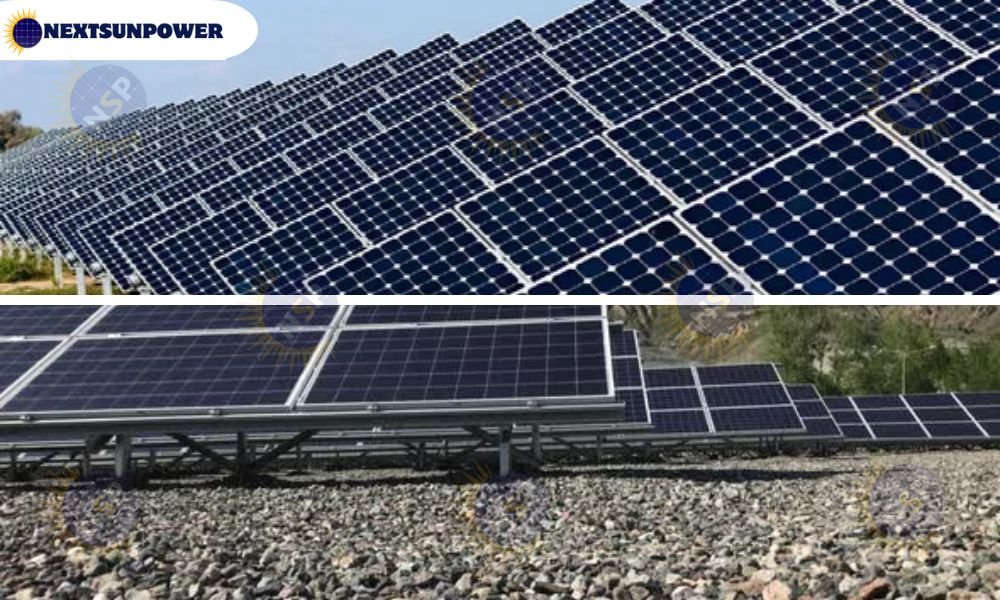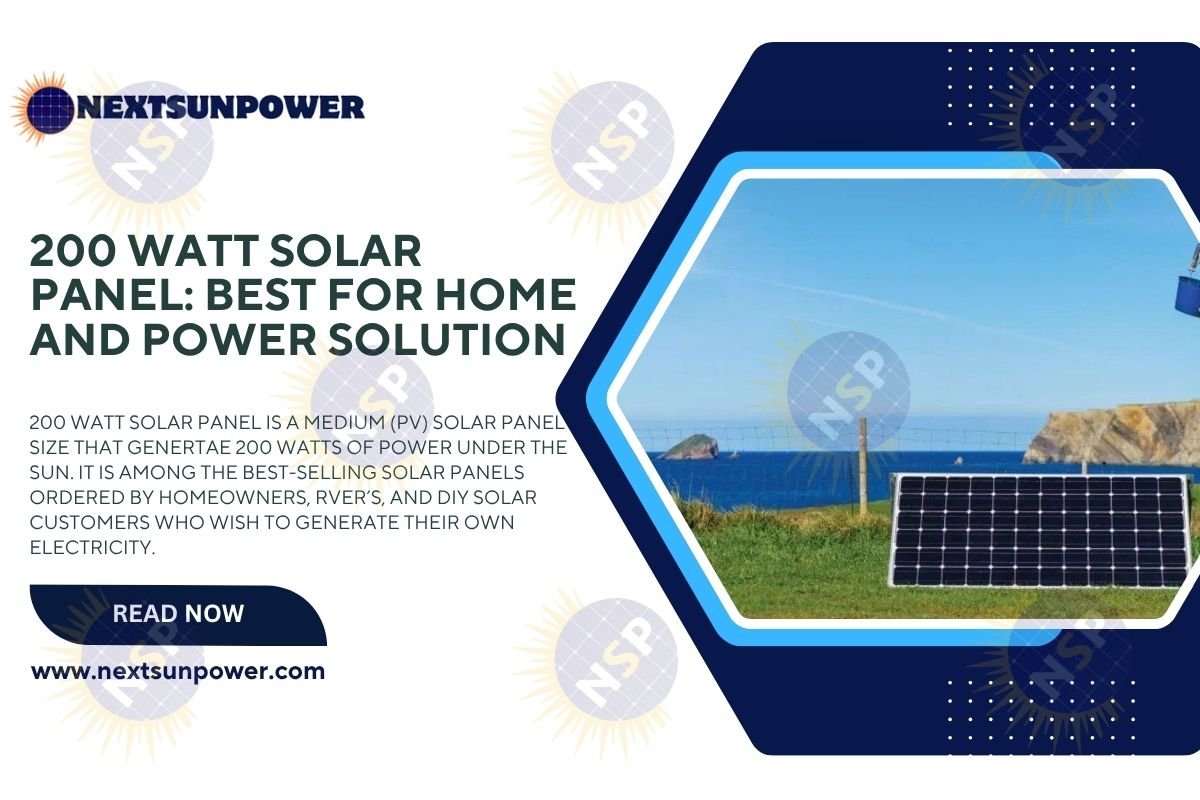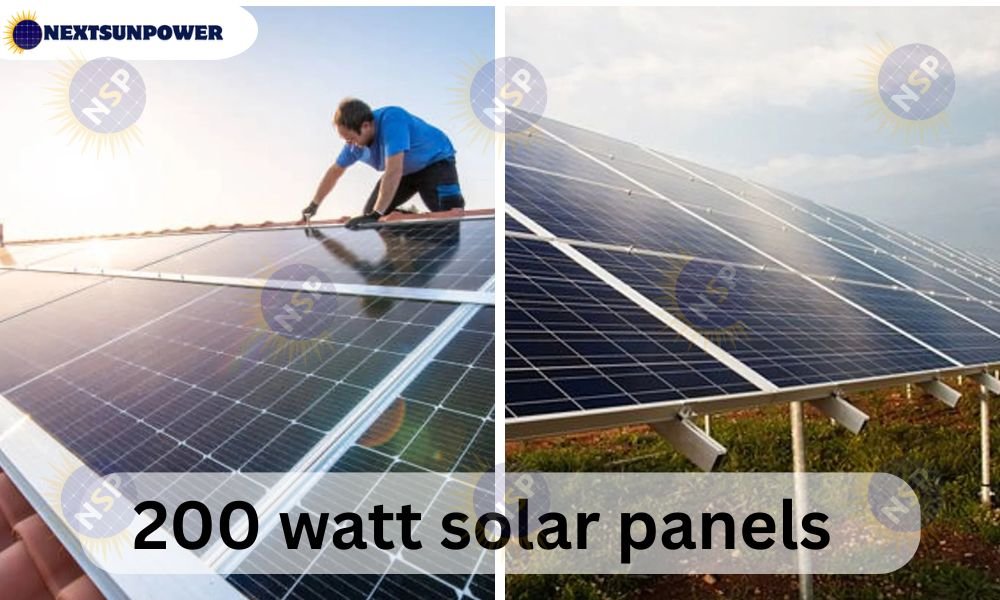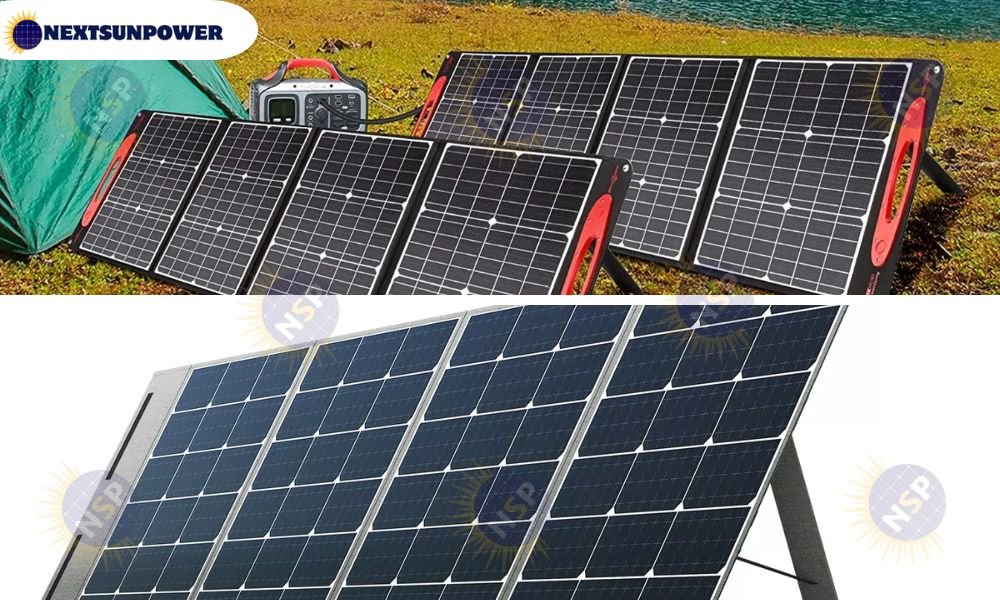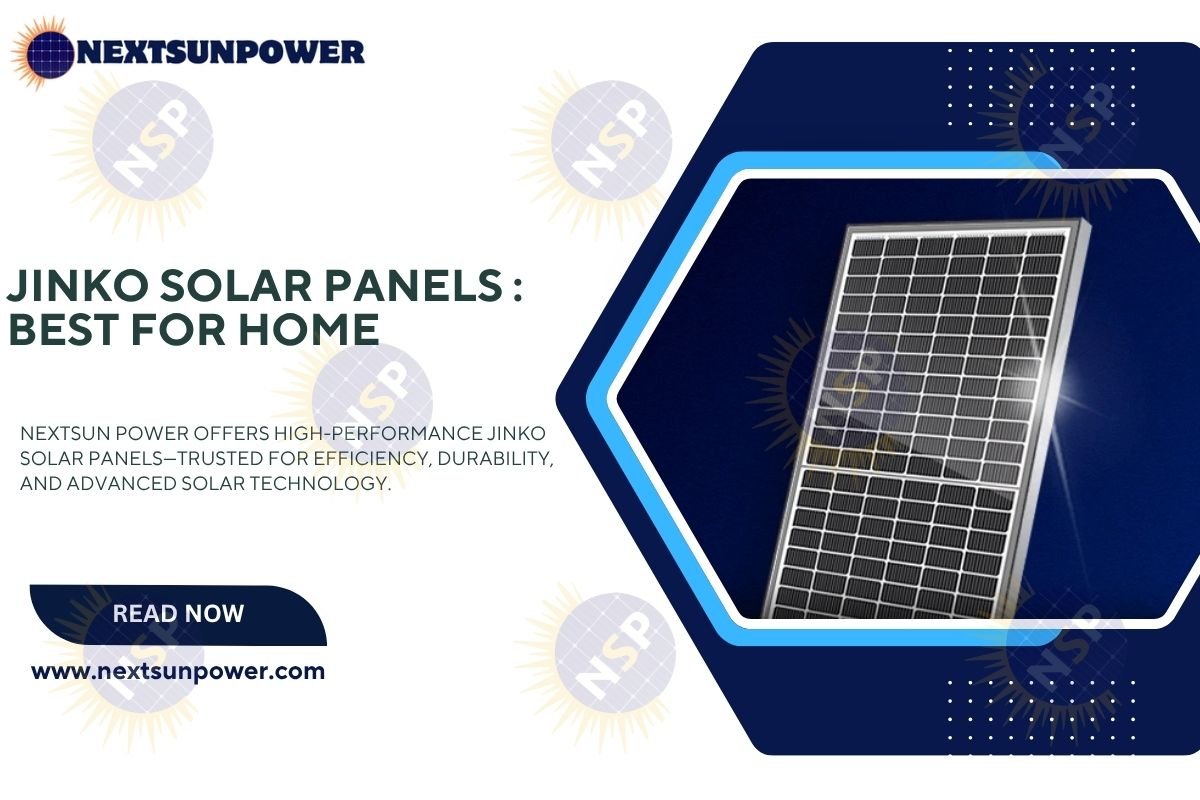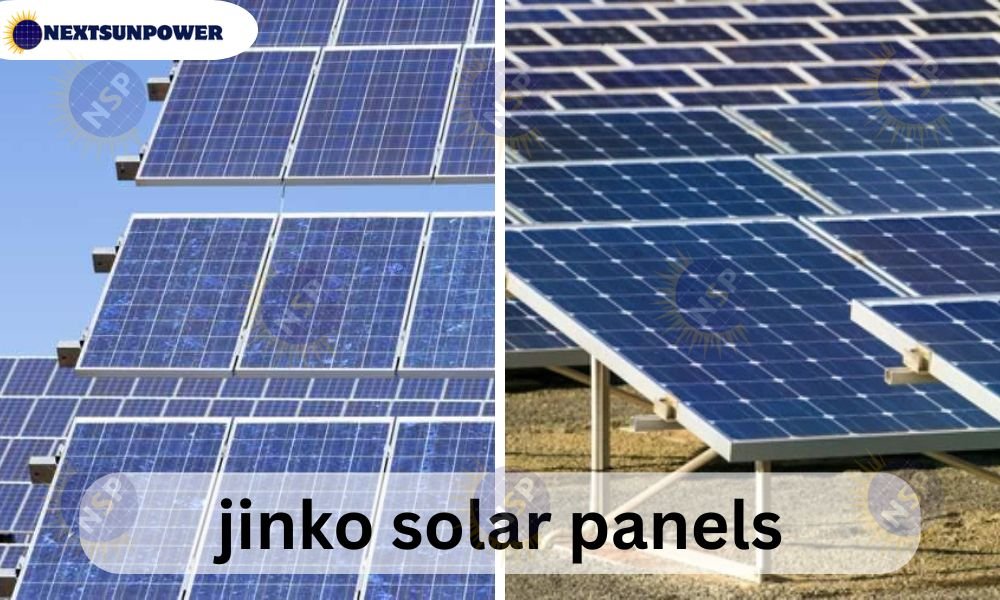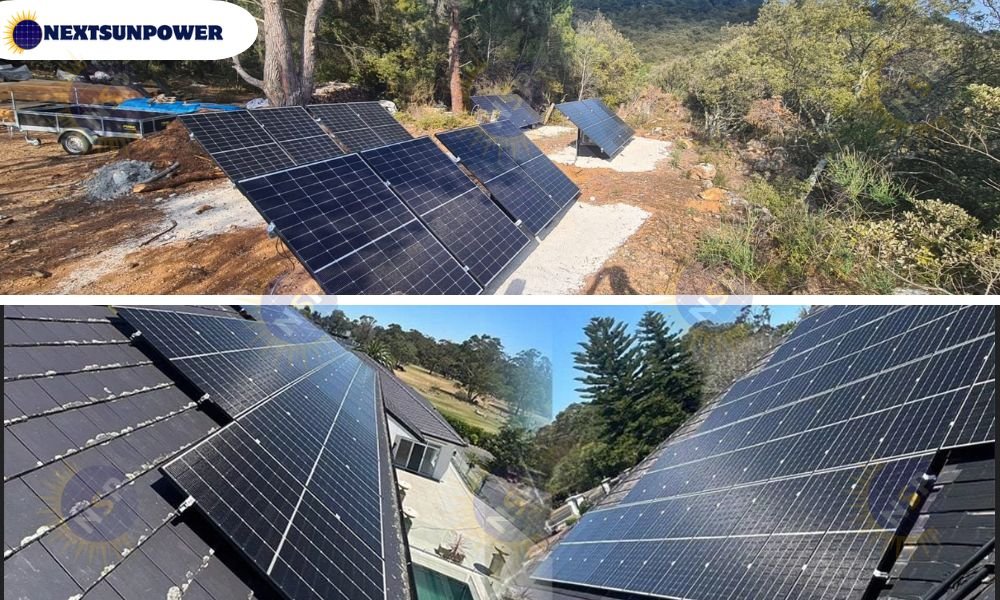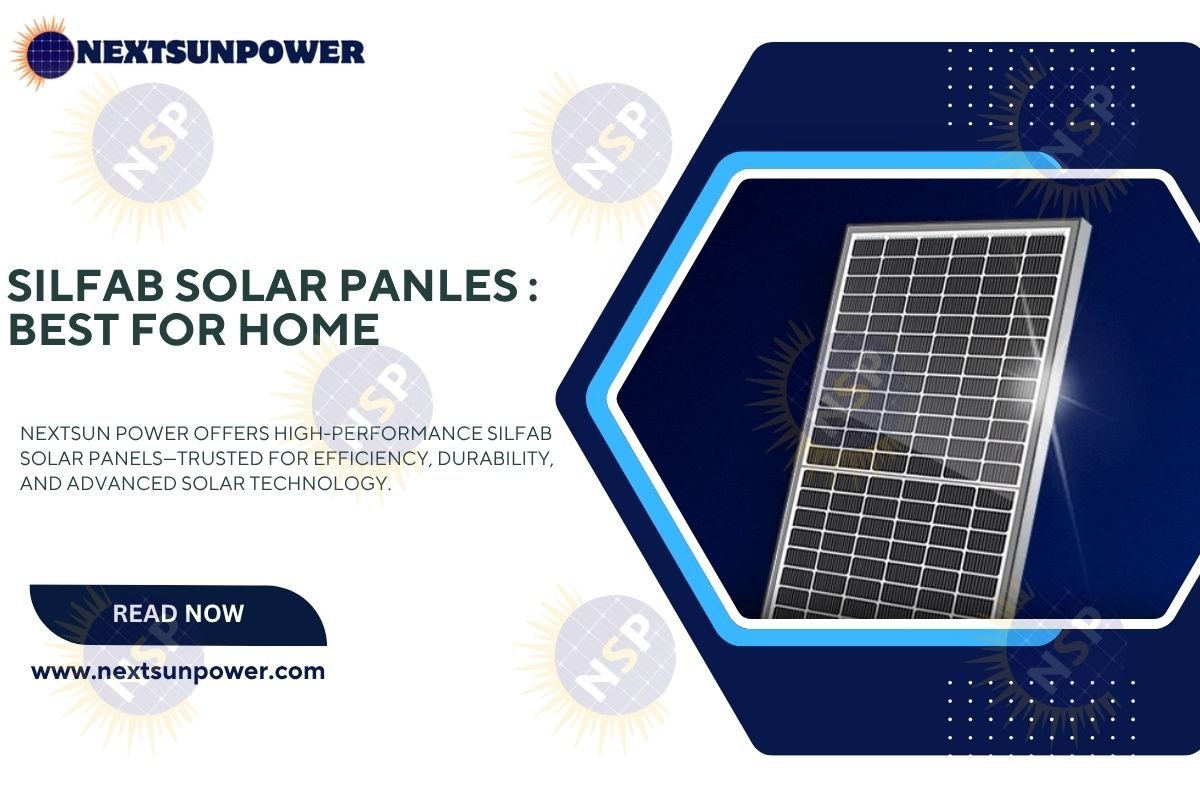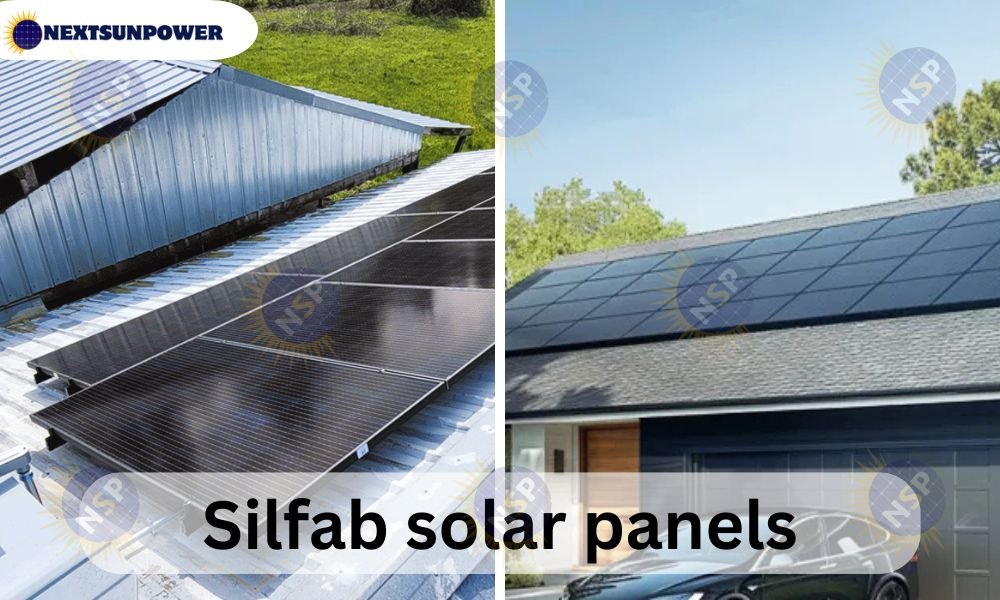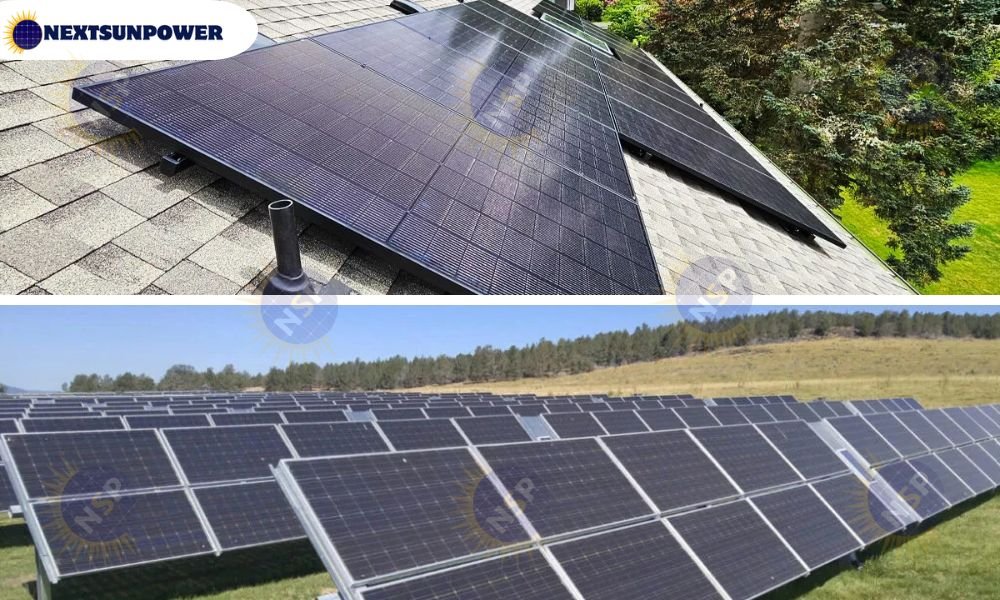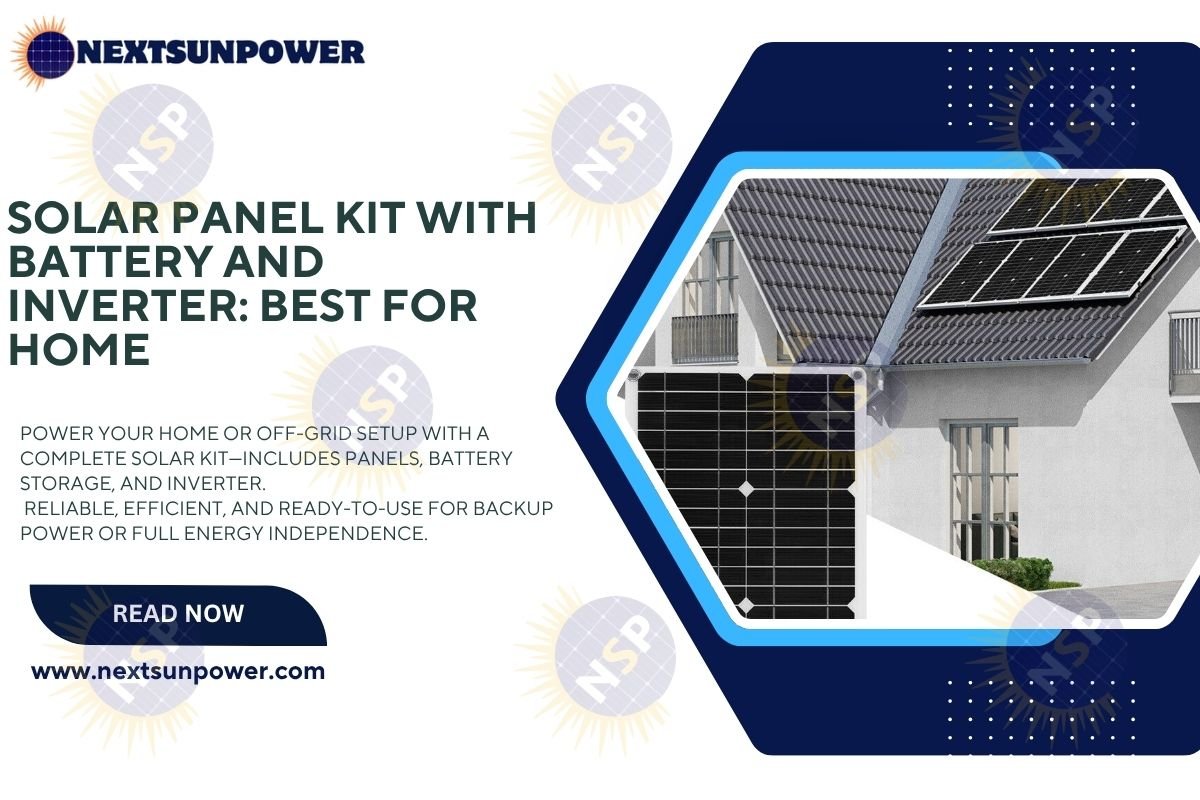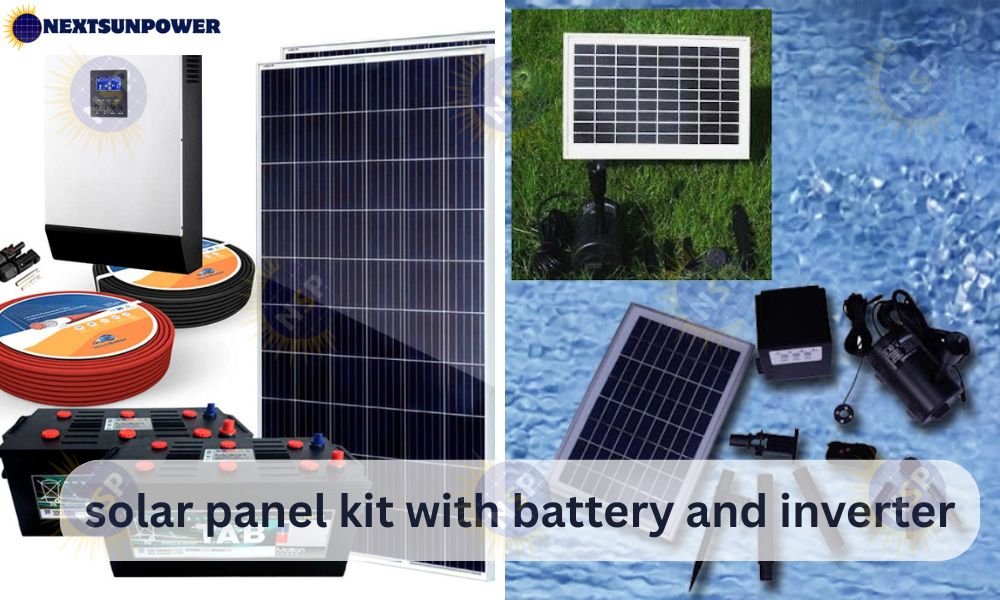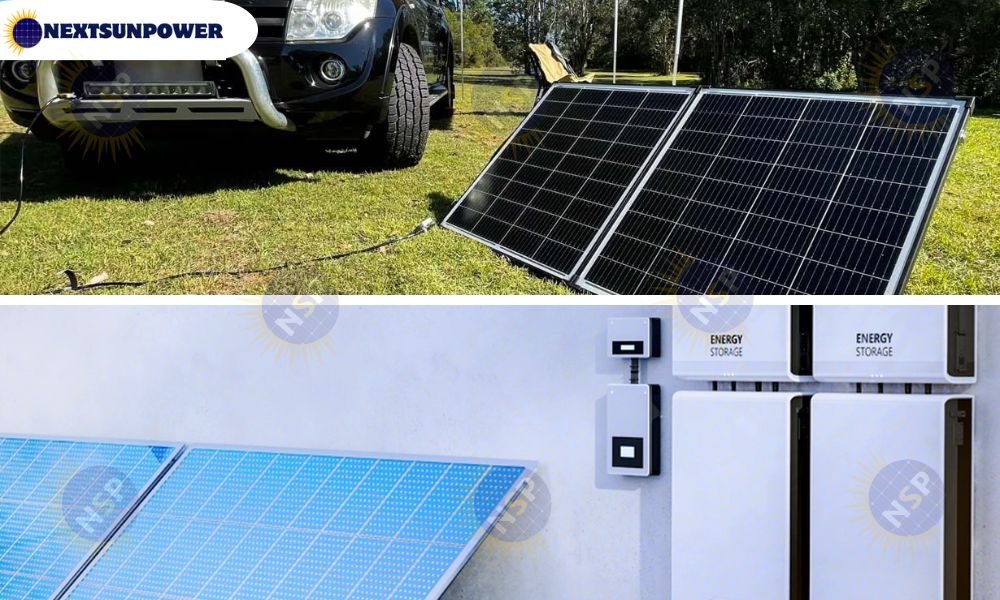Outdoor enthusiasts and wildlife adventurers need to deal with the power of trail cameras. The stealth cam solar panel provides a green solution with your camera continuously powered, without the need to replace batteries frequently. From advantages to installation, troubleshooting, and maintenance, all is explained here to effectively use your trail camera.
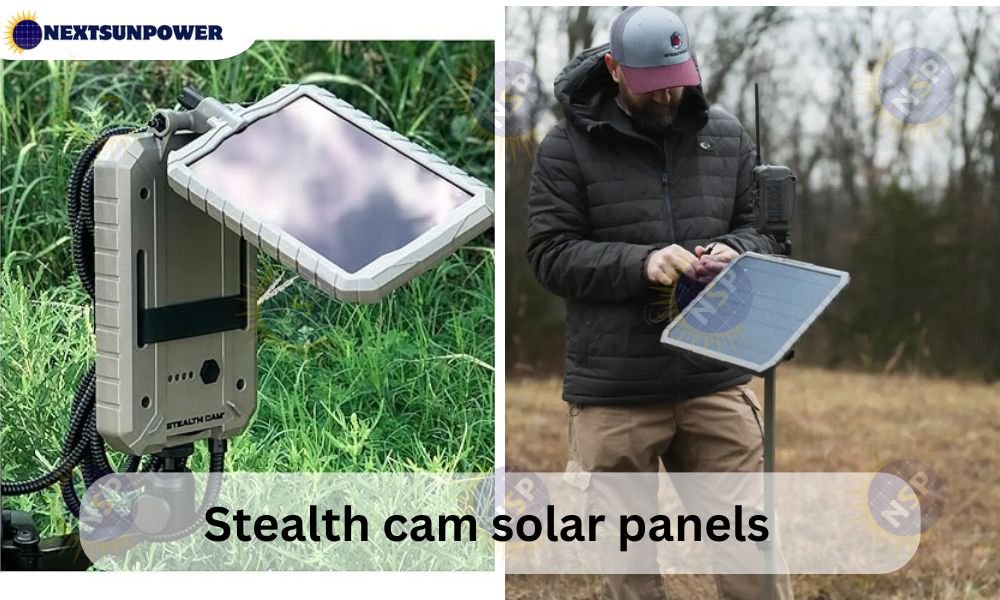
What is a Stealth Cam Solar Panel?
A stealth cam solar panel is meant to capture the energy of the sun to power your trail cameras daily. It comes equipped with a rechargeable lithium battery, which saves excess energy to utilize when sunshine is not available or at night to power cameras with consistent performance. Its weather-resistant construction and mount bracket for adjustability make it strong enough to withstand harsh outdoor conditions.
Main Features and Advantages
- Endless Power Supply
Transforming the energy of the sun into electricity, the Stealth Cam Solar Panel charges your trail camera, with less frequent manual battery replacements.
- Cost-Effective Option
Buying a solar panel saves infrequent battery costs, with long-term savings for serious wildlife spotters and hunters.
- Green
Recharging on clean energy avoids battery waste, an environmentally friendly way to spot wildlife.
- Easy Installation
It has an adjustable T-swivel bracket to provide optimal positioning for most sunlight exposure. It is also accompanied by being fully compatible with several trail cameras.
Mounting Your Stealth Cam Solar Panel
Step 1: Place the Panel Properly
Choose a location that gets a Bounty of sunlight throughout the day. Avoid placing it in shaded spots under trees or buildings to provide optimal charging efficiency.
Step 2: Mount the Panel
Mount the panel using the T-swivel bracket provided. Position the angle to face direct sun, generally south-facing in the Northern Hemisphere.
Step 3: Connect to the Camera
Plug the output cable of your panel into the external power jack of your trail camera. Secure the connection so it will not lose power.
Step 4: Check Charging Status
Look for the LED lights on the panel and check if it’s charging or not. A live charge indicator should be solid color.
Troubleshooting: Stealth Cam Solar Panel Won’t Charge
Experiencing problems with your stealth cam solar panel not charging? Below are some common problems and solutions:
- Insufficient Sunlight
Make sure the panel is not shaded and at the right angle. Clean the panel surface from time to time to remove dust or obstructions that block sunlight from reaching the panel.
- Loose Wiring
Make sure cables and wires are tightly secured. Loose and corroded wires will hinder charging.
- Failing Panel or Battery
If the panel does not respond, try testing it on some other camera or refer to the stealth cam solar panel manual for further troubleshooting.
Ultimate Care Tips for Optimum Performance
Cleaning
Wipe the surface of the panel clean using a soft cloth in a bid to keep the surface of the panel clean from dirt and grime. This permits sunlight to pass clearly for absorption.
Damage Check
Check every now and then for cracks and cable wear and also wear of the panel. Repair the damages on time to avoid staying away from complications.
Secure Mounting
Mount the panel firmly in place, especially after exposure to harsh weather. Firm mounting inhibits recharging over and over again.
User Experiences: Stealth Cam Solar Panel Review
There are a few users who praise the Stealth Cam Solar Panel for its efficiency and reliability. The ability to support camera usage in remote locations away from civilization without the need for frequent battery replacement is a major advantage. Some of the users supplement that in heavily shaded areas, the panel’s performance is not as good, citing the necessity for proper placement.
FAQs
Q1: Will the Stealth Cam Solar Panel charge my camera on cloudy days?
Yes, the panel comes equipped with a built-in battery that saves energy to charge your camera during low sun periods.
Q2: Will the panel charge any trail camera?
Most trail cameras that have an external 12V DC charging jack get charged by the panel. See Stealth Cam Solar Panel manual for complete compatibility information.
Q3: How can I know whether my panel is charging?
LED lights on the board show charging status. Solid LED generally implies solid charging.
Q4: What if my panel will not charge?
First, check whether there is any shading from the sun. Second, check whether all the connections are in order. In case of all other things failing, refer to the handbook or contact the customer support department.
Q5: How frequently should the solar panel be cleaned?
It is recommended that the panel is cleaned every fortnight or after extreme weather to be in maximum working condition.
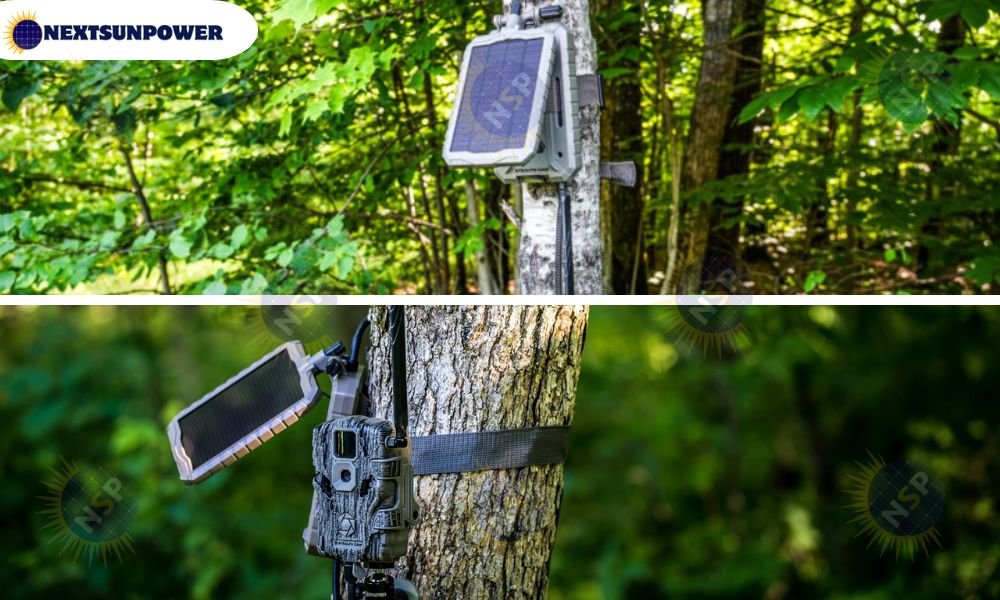
Conclusion
Stealth Cam Solar Panel is a fantastic add-on for anyone who depends on trail cameras for security or wildlife observation. Its environmental friendliness, usability, and affordability make it an outstanding outdoor user choice. Provided that you install and keep it in good condition, you can have your camera charged and ready to capture every moment.
